Some films stumble out of the gate with icy reviews, only to outlast the noise and find their audience. Sometimes it’s a slow build through home video and streaming, sometimes it’s a wave of fan advocacy that never lets up, and sometimes it’s the box office itself that delivers the loudest counterpoint.
Here are twenty movies that were dinged at release or met with divided notices, yet went on to show real staying power through audience reception, cultural impact, awards recognition, or long-tail success. Each one offers concrete proof that first takes aren’t always the final word.
‘The Thing’ (1982)
 Universal Pictures
Universal PicturesJohn Carpenter’s ‘The Thing’ opened to mixed and negative reviews and underperformed in theaters against friendlier sci-fi. The film nevertheless built a massive afterlife on home video and cable, driving renewed interest in practical effects and inspiring video games, comics, a prequel, and recurring special-effects tributes at genre festivals.
Archival releases and restorations keep it in circulation, while creature design breakdowns are standard teaching material for effects artists. Filmmaker commentaries and making-of docs document how its reception flipped over time, helping cement it as a foundational modern horror title.
‘Blade Runner’ (1982)
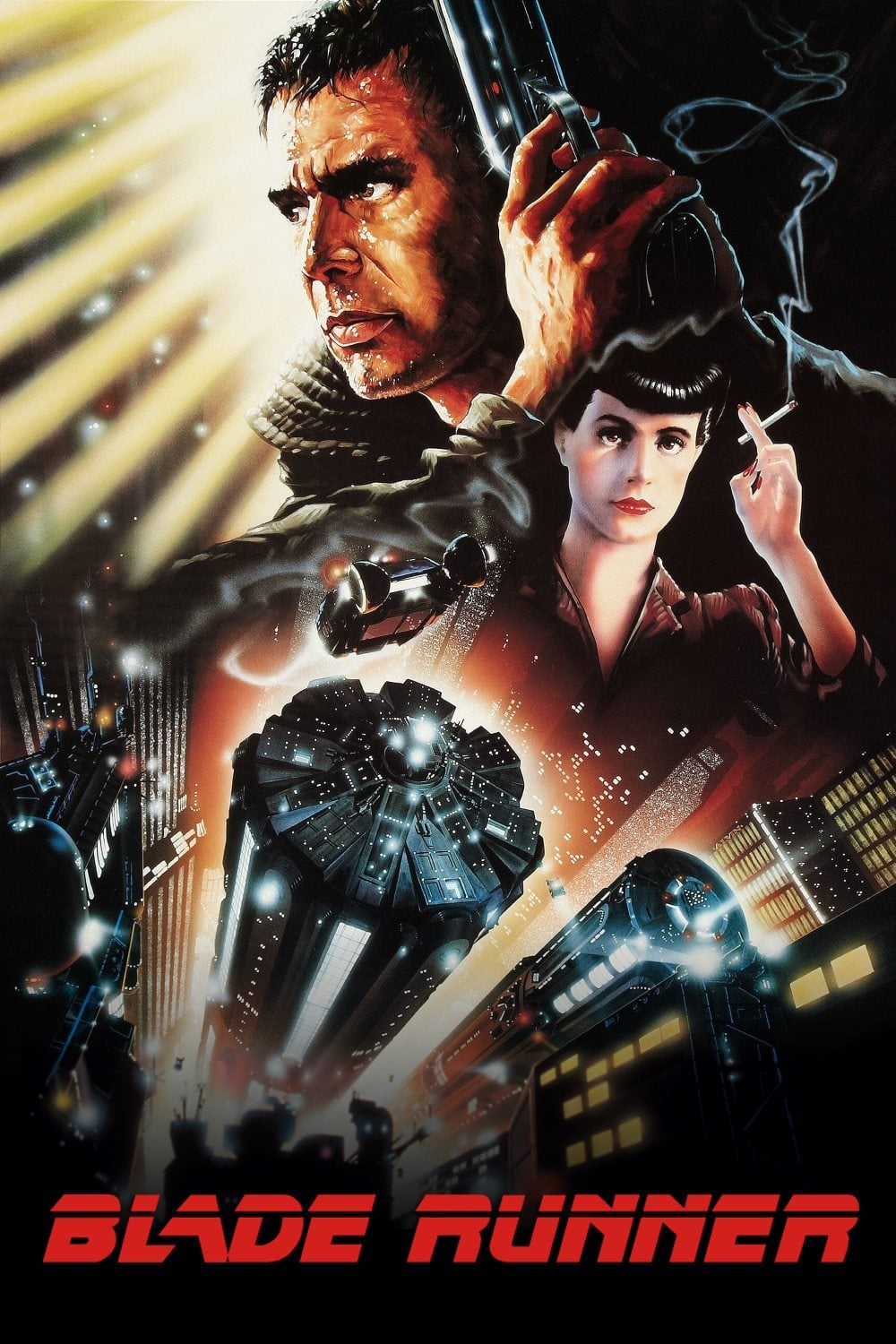 Warner Bros. Pictures
Warner Bros. Pictures‘Blade Runner’ arrived to lukewarm reception and box office disappointment. Successive cuts, including the Director’s Cut and Final Cut, reshaped its reputation, with reissues becoming case studies in editorial revision and audience reassessment.
Its production design and world-building shaped the look of cyberpunk across games, anime, and film. The property expanded into ‘Blade Runner 2049’, animated anthologies, and licensed novels, underscoring long-term audience engagement far beyond the initial reviews.
‘Fight Club’ (1999)
 20th Century Fox
20th Century Fox‘Fight Club’ faced polarized reviews and modest theatrical results on release. DVD and cable syndication turned it into a perennial best-seller, with commentary tracks and featurettes widely used in film-study curricula on narration, sound design, and marketing.
Merchandise, anniversary editions, and frequent repertory screenings kept it visible. Its influence is traceable in advertising, music videos, and later films that adopt unreliable narration and fourth-wall-skirting techniques.
‘Hocus Pocus’ (1993)
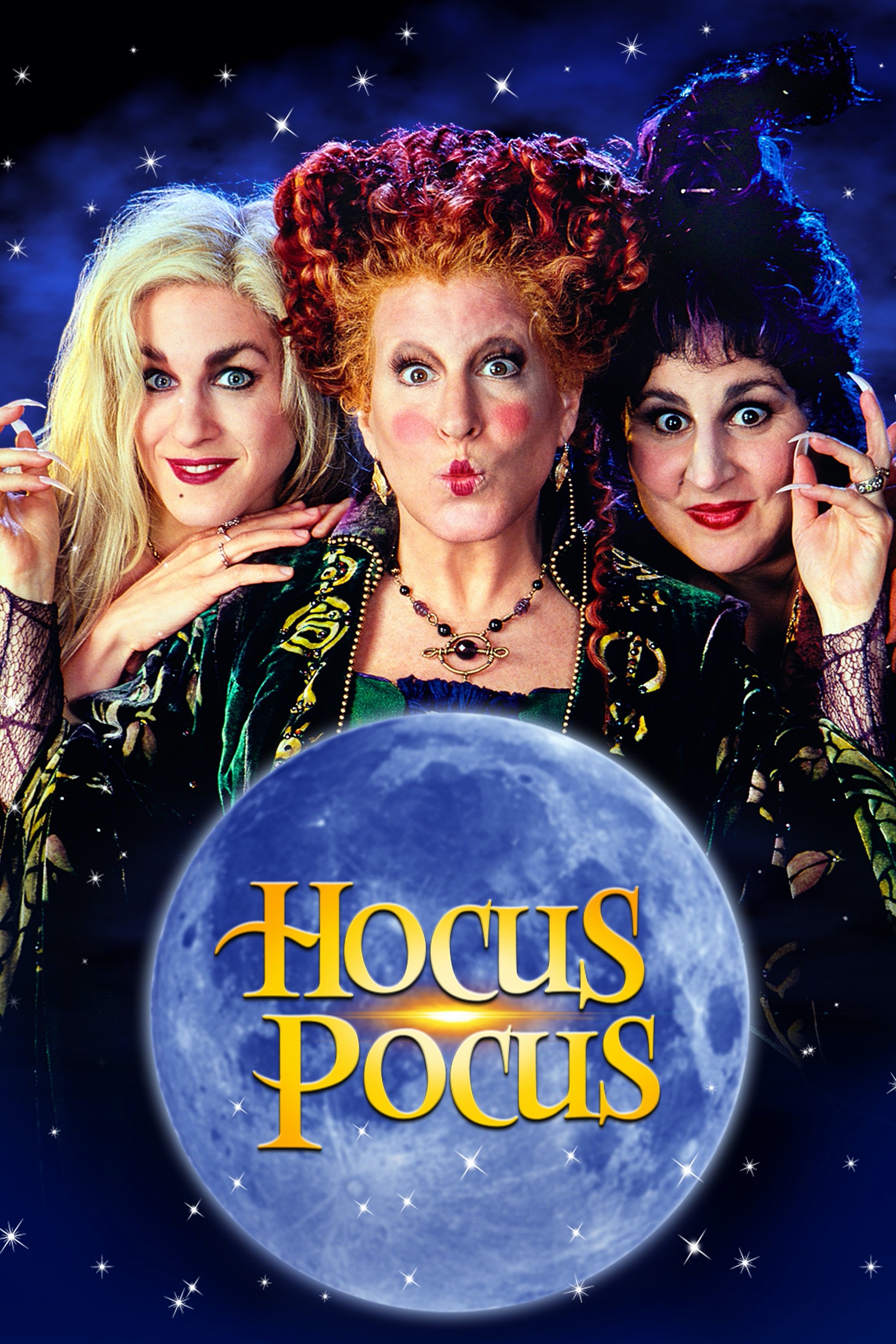 Walt Disney Pictures
Walt Disney Pictures‘Hocus Pocus’ earned middling reviews and a soft summer run, but annual Halloween programming transformed it into a seasonal staple. Regular broadcast marathons and streaming placement pushed it up the charts each October, resulting in record cable ratings years after release.
The film’s second life produced extensive merchandise, themed park events, and a direct sequel decades later. Cast reunions and behind-the-scenes specials draw strong viewership, confirming consistent audience demand that far exceeds the early notices.
‘The Shining’ (1980)
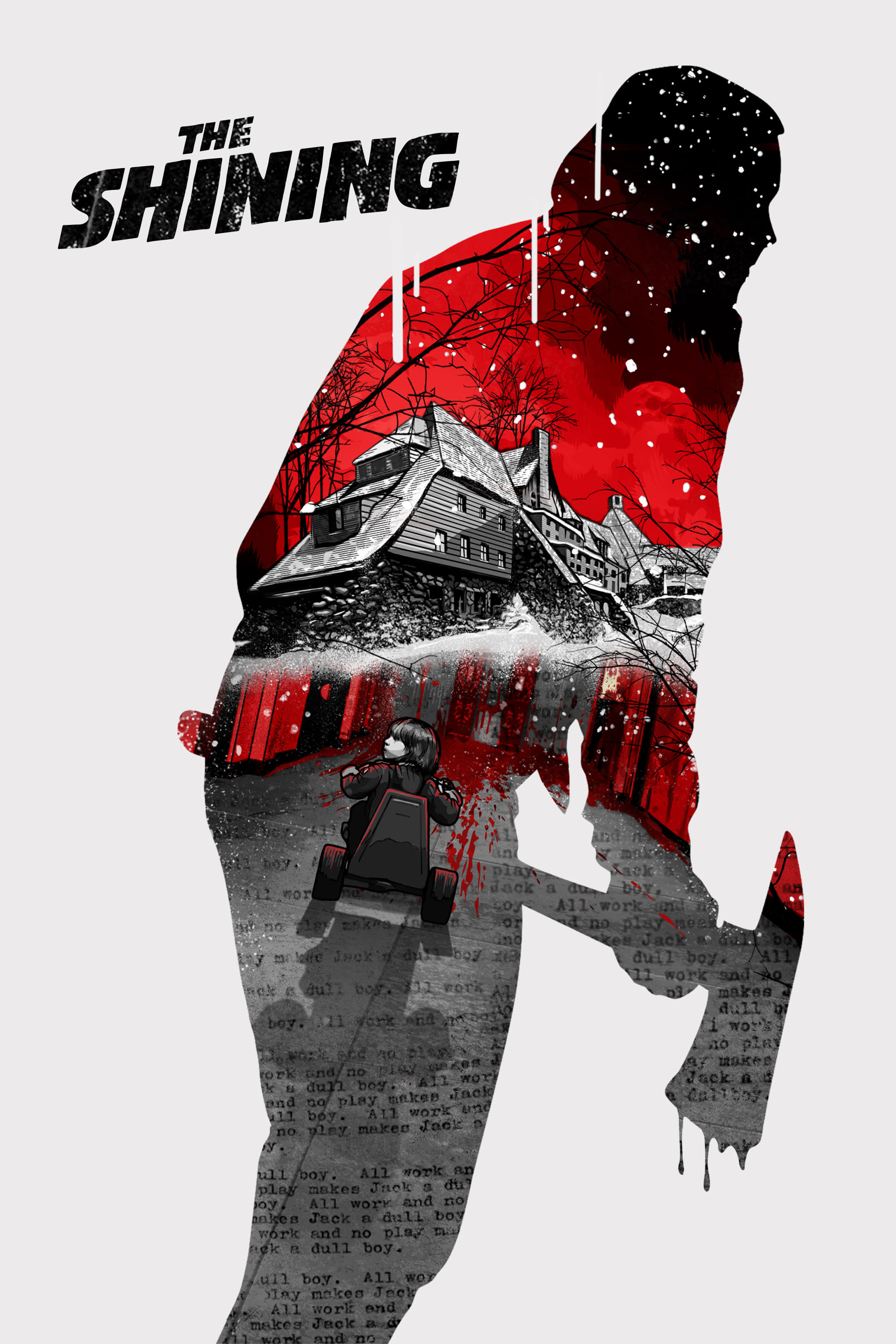 Warner Bros. Pictures
Warner Bros. Pictures‘The Shining’ received mixed contemporary reviews and several major award snubs. Over time, restored prints, international retrospectives, and academic writing reframed it as a key study in sound design, steadicam work, and psychological horror.
Tourism tied to its filming locations, regular repertory runs, and documentary coverage of its interpretations keep it in public conversation. The property later expanded with a sequel adaptation, demonstrating durable interest that outlasted its first-wave critics.
‘Hook’ (1991)
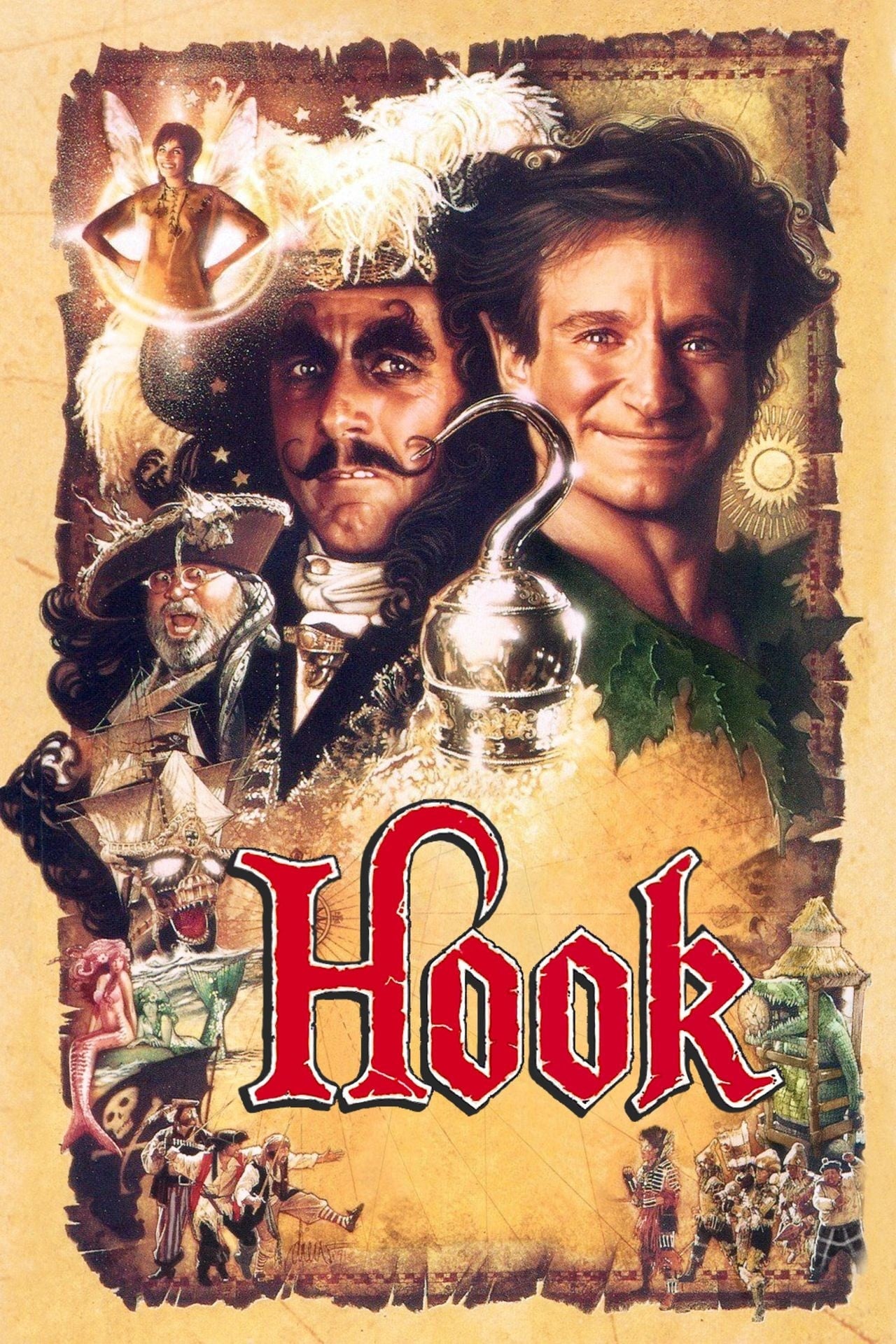 Amblin Entertainment
Amblin Entertainment‘Hook’ opened to critical disappointment despite big-name talent. The film became a family-video mainstay throughout the 1990s, driving strong rental performance and later consistent streaming engagement.
Its production design, costuming, and score have remained popular in live concerts and fan events. Cast interviews and anniversary retrospectives highlight how audience attachment persisted irrespective of the initial reviews.
‘Speed Racer’ (2008)
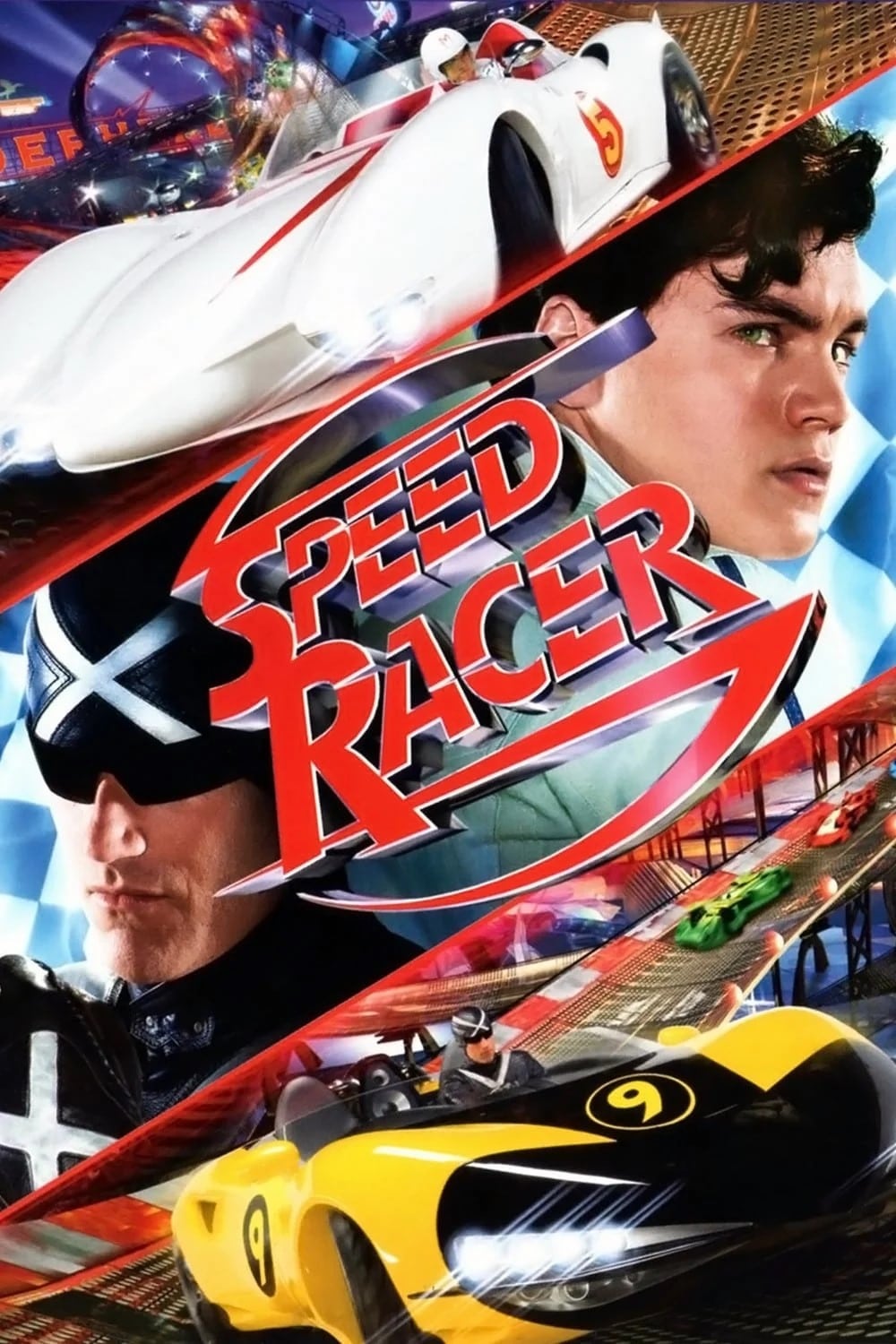 Warner Bros. Pictures
Warner Bros. Pictures‘Speed Racer’ debuted with mixed reviews and a soft domestic gross. Subsequent high-definition releases showcased its digital-in-camera style, leading to a reevaluation among filmmakers and critics who cite it for pioneering color grading and compositing techniques.
The film’s visual language is frequently referenced in animation and racing-game aesthetics. Convention panels and craft breakdowns continue to dissect its pipeline, boosting its profile well beyond opening-weekend reception.
‘Starship Troopers’ (1997)
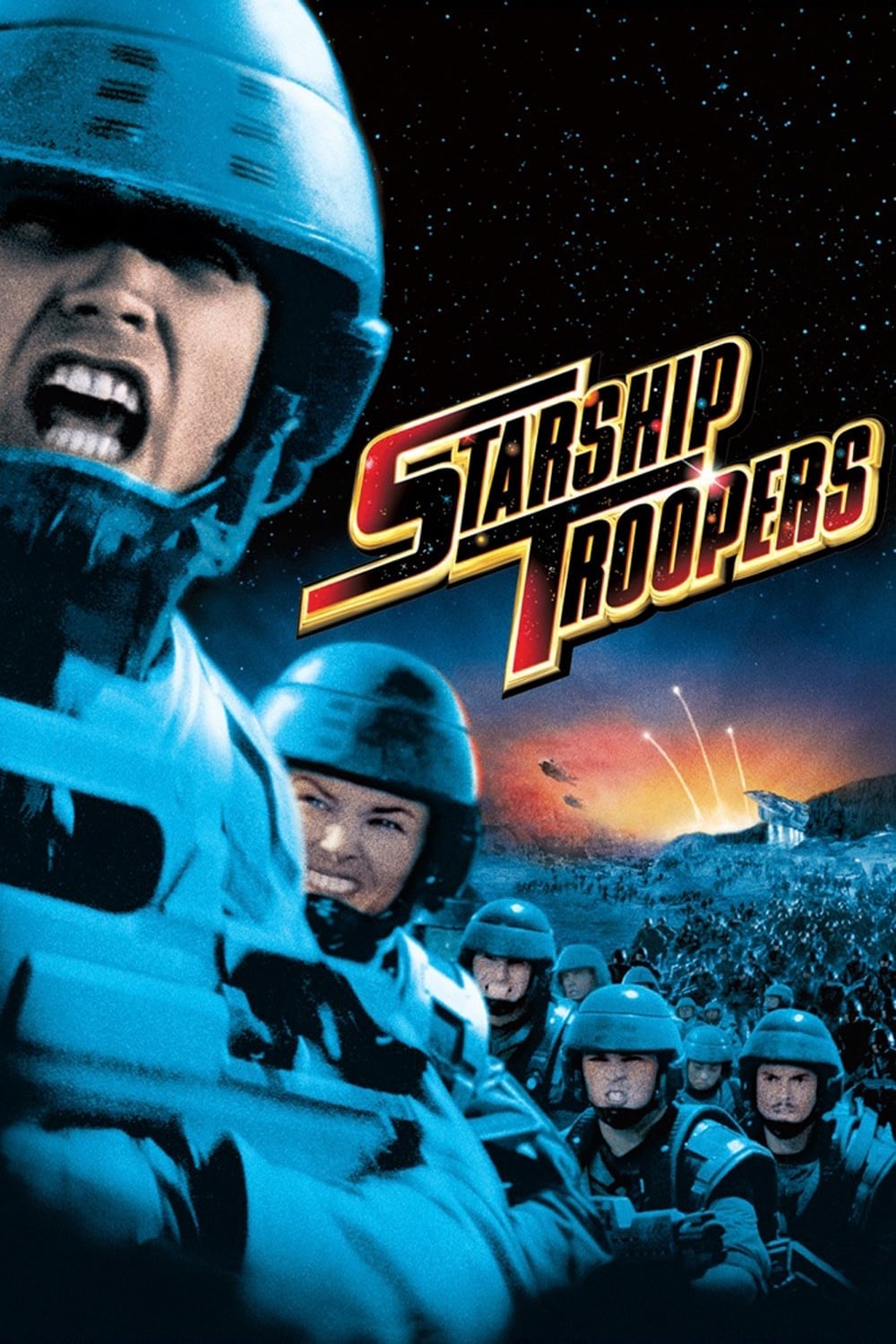 TriStar Pictures
TriStar Pictures‘Starship Troopers’ was criticized on release for tone and content. Over time, viewers highlighted its satirical structure, and the series grew into an ongoing franchise with sequels, animated entries, and licensed games.
Repertory screenings and academic modules treat it as a recurring example of satire and propaganda imagery. The continued output across formats confirms an audience base that never matched the early reviews.
‘The Boondock Saints’ (1999)
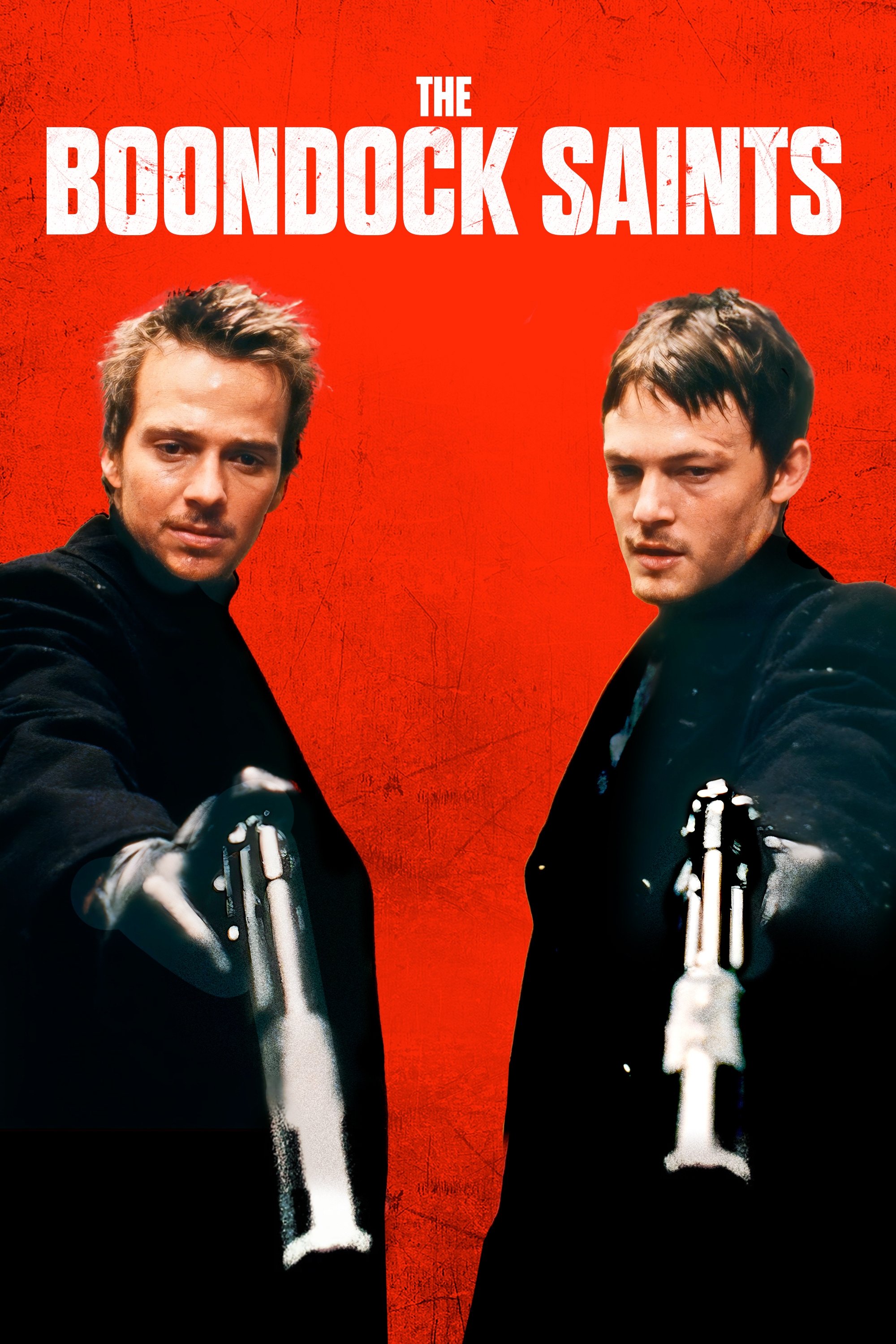 Franchise Pictures
Franchise Pictures‘The Boondock Saints’ barely reached theaters and drew negative reviews. A strong home-video surge turned it into a cult hit, leading to a sequel, documentary coverage of its production history, and steady convention presence for its cast.
Special editions and cast tours sustained merchandise sales and fan meet-ups. The title’s post-theatrical trajectory is often cited as a model of how home media can rewrite a film’s commercial story.
‘The Greatest Showman’ (2017)
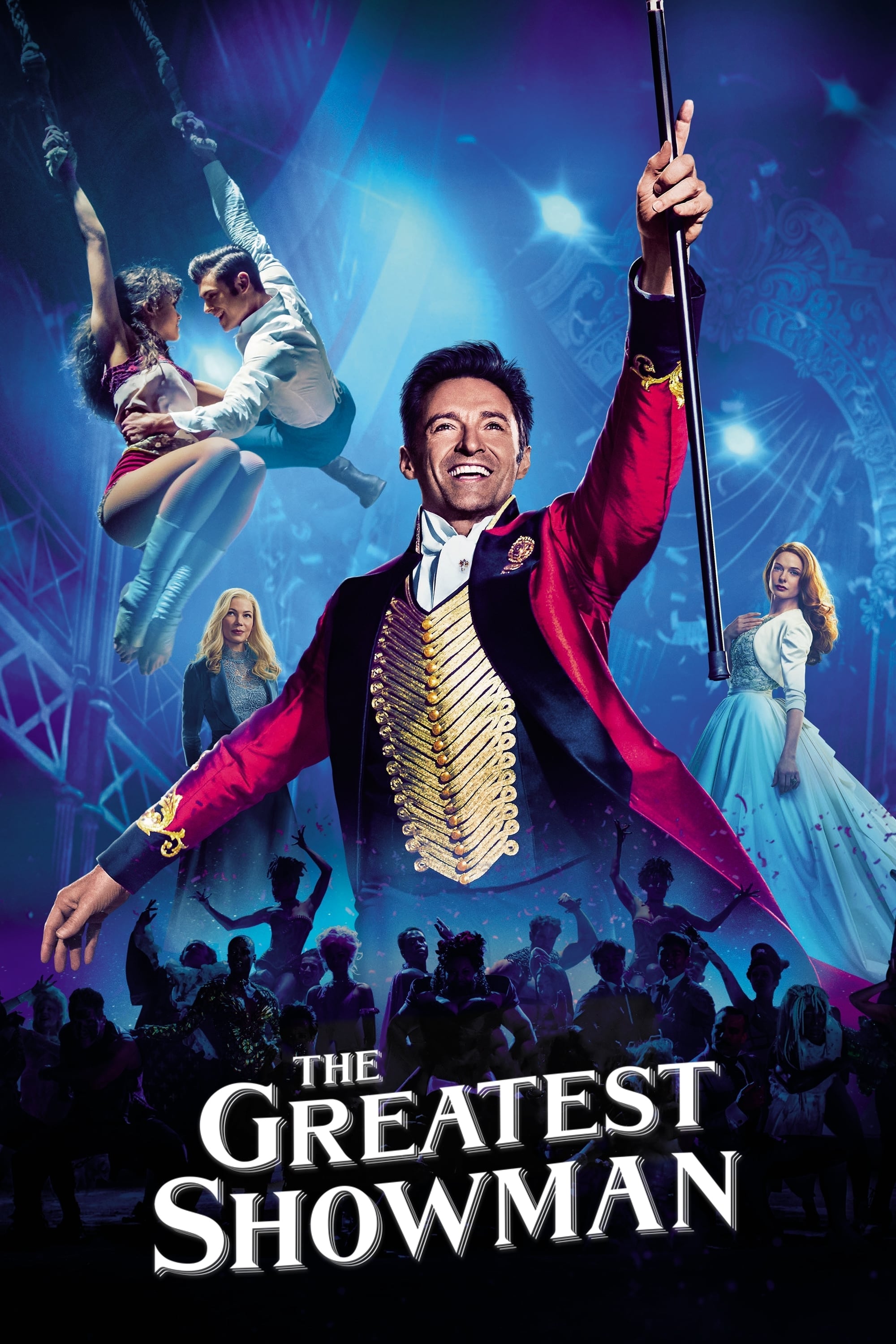 20th Century Fox
20th Century Fox‘The Greatest Showman’ launched with mixed critical reaction but showed exceptional theatrical legs, holding steady for months with strong word-of-mouth and repeat viewings. Its soundtrack topped charts internationally and remained in heavy rotation for an extended period.
Sing-along screenings, school performances of its numbers, and touring concerts kept engagement high. The film’s performance patterns are used in exhibition case studies on platform holds and musical cross-promotion.
‘Joker’ (2019)
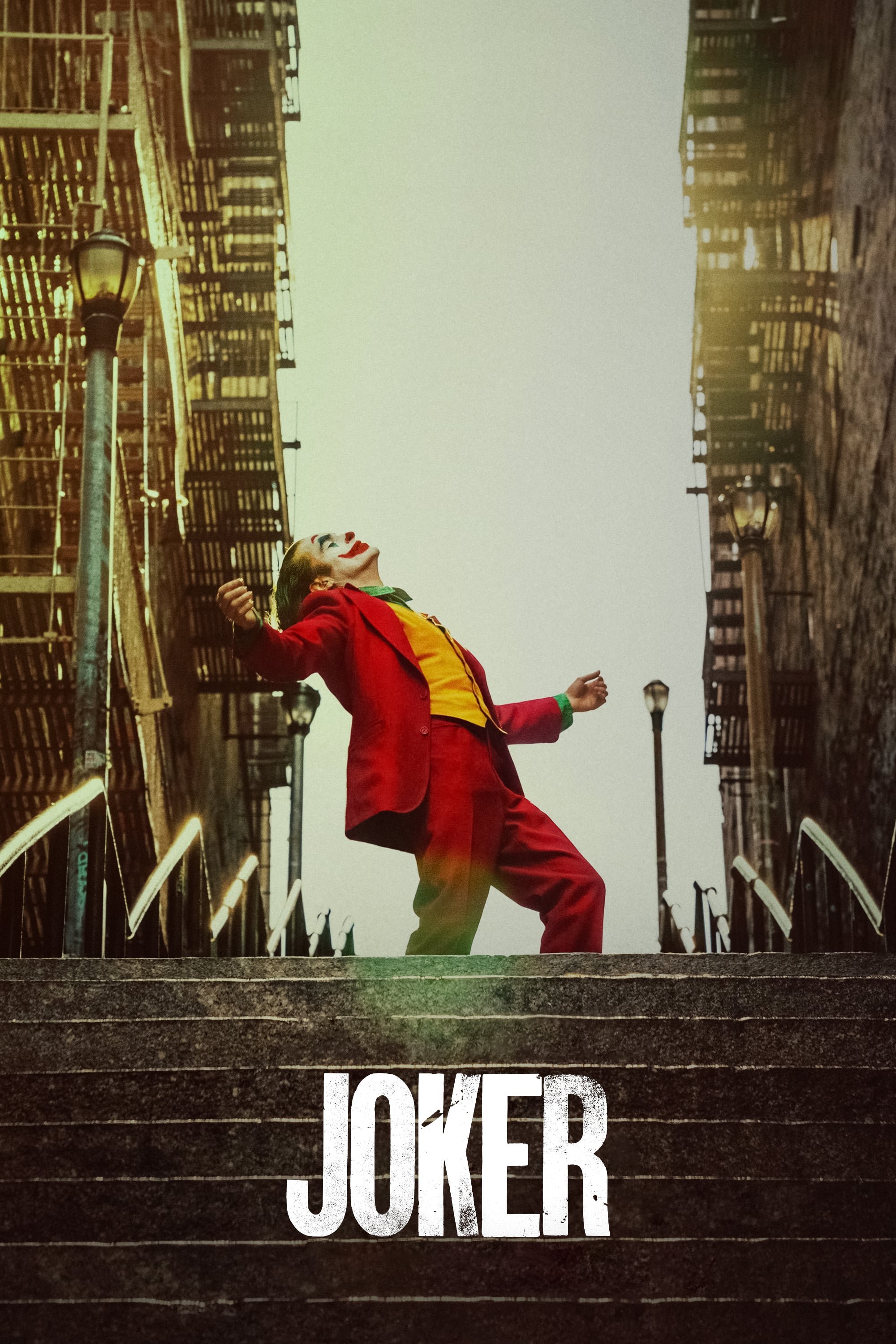 Warner Bros. Pictures
Warner Bros. Pictures‘Joker’ premiered amid critical division while winning a major top prize at a European film festival, followed by multiple Oscar nominations and wins. It posted a record-setting worldwide gross for its rating category and generated significant awards-season discussion.
The film spurred think-pieces, academic panels, and policy conversations about media effects. A direct sequel with returning principals indicates sustained audience attention that eclipsed early skepticism.
‘Batman v Superman: Dawn of Justice’ (2016)
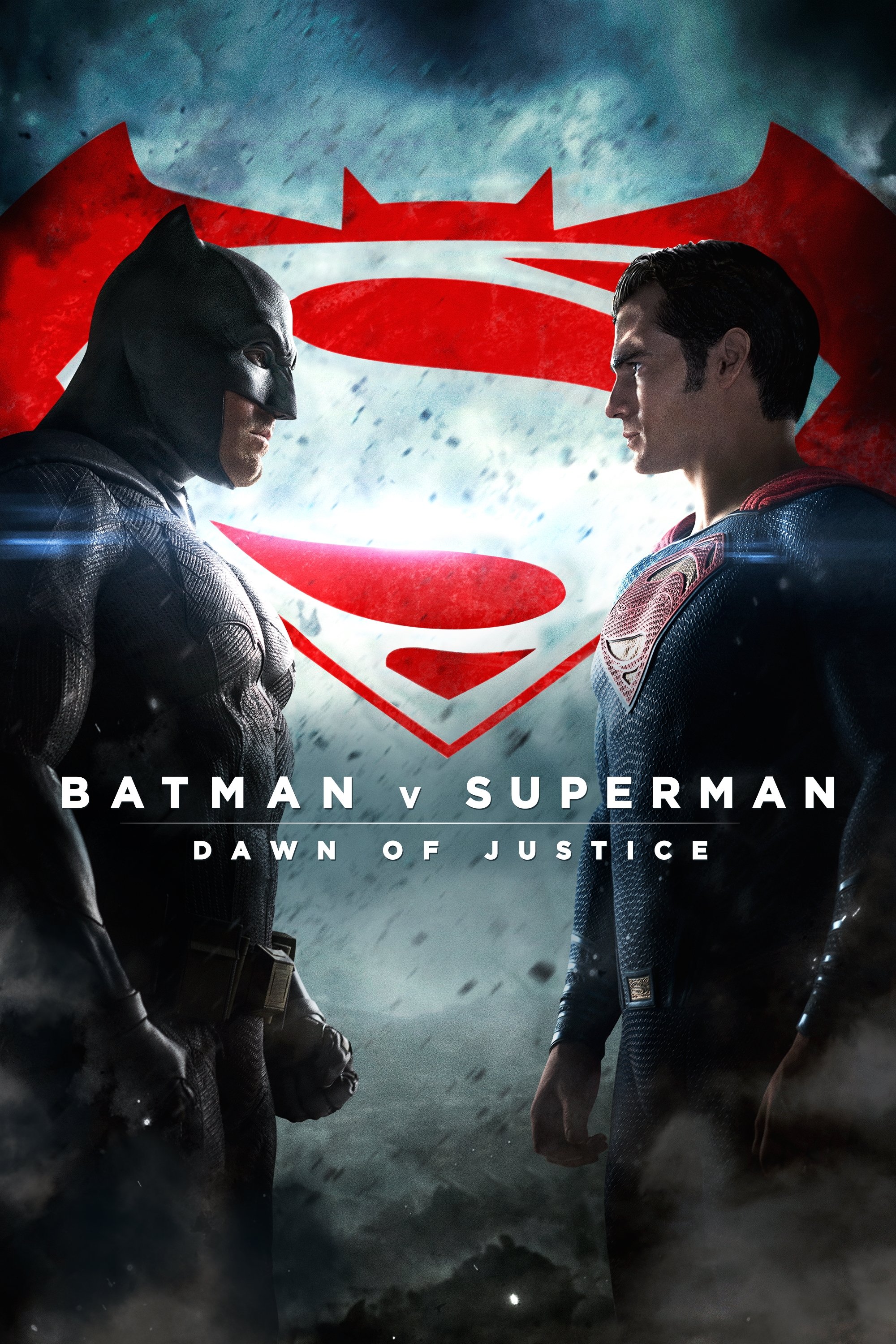 Warner Bros. Pictures
Warner Bros. Pictures‘Batman v Superman: Dawn of Justice’ received poor critical notices but delivered a large global gross and launched key characters for subsequent franchise entries. Home releases extended the cut and added context that supporters frequently cite.
The film’s box office metrics, extended editions, and cross-media tie-ins kept it central to franchise timelines. Collector’s releases and consistent streaming placement maintain an active viewership base.
‘Showgirls’ (1995)
 Chargeurs
Chargeurs‘Showgirls’ was widely panned and earned multiple negative awards at the time. It later achieved cult status through midnight screenings, special-edition home releases, and documentary coverage that chronicled its unexpected afterlife.
Annual festival events, cast Q&As, and academic discussions around camp and satire continue to draw crowds. The film’s sales in subsequent years notably outpaced its initial theatrical performance.
‘Josie and the Pussycats’ (2001)
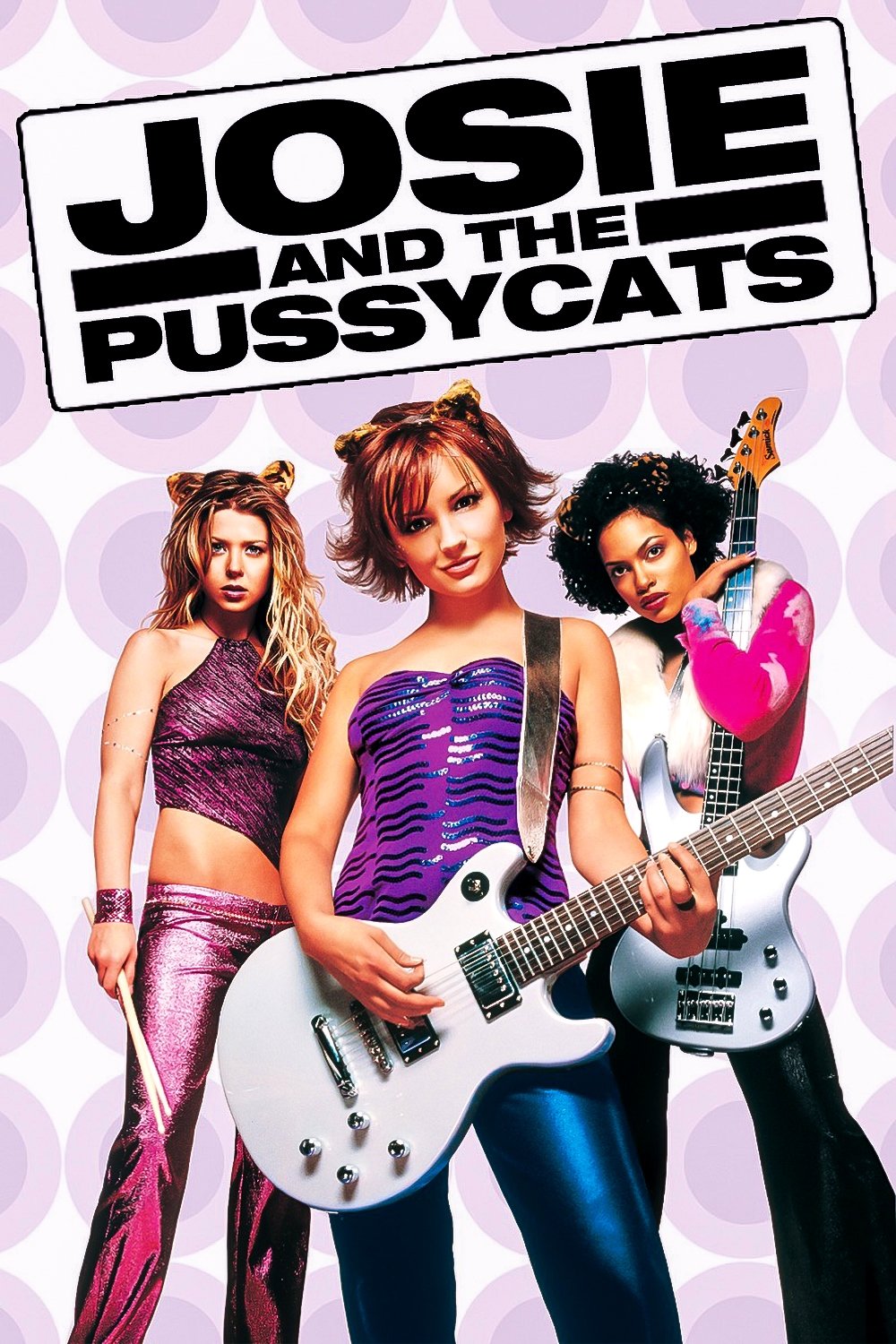 Universal Pictures
Universal Pictures‘Josie and the Pussycats’ underperformed and drew mixed reviews. Over time, critics and audiences highlighted its media and branding satire, leading to soundtrack rediscovery and frequent anniversary articles and screenings.
Vinyl reissues, cast reunions, and new merchandise supported the revival. The film’s repositioning shows how targeted marketing and changing cultural contexts can alter reception years later.
‘Cloud Atlas’ (2012)
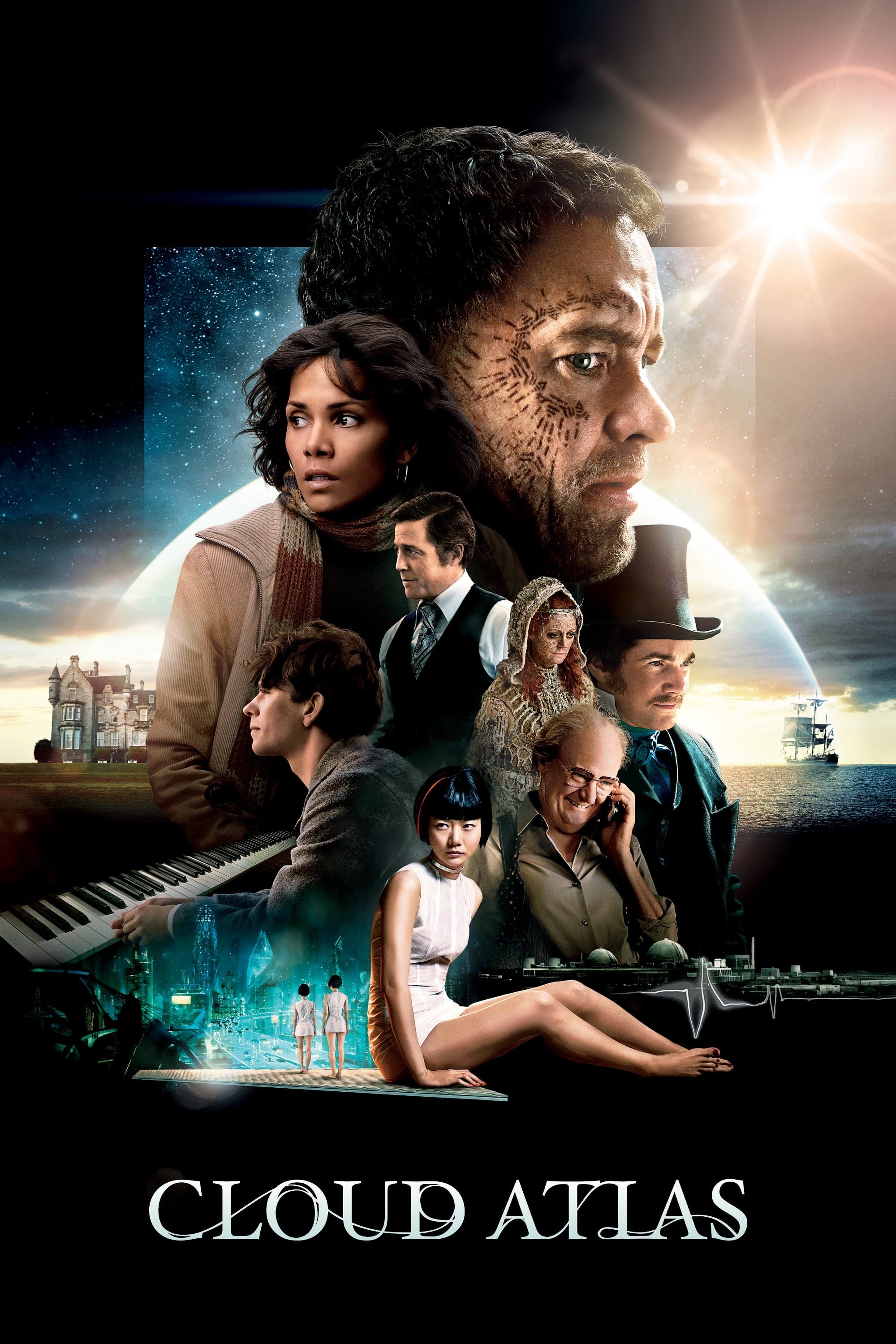 Cloud Atlas Productions
Cloud Atlas Productions‘Cloud Atlas’ divided critics upon release and delivered modest box office relative to its budget. International markets and later streaming windows introduced it to broader audiences who engaged with its multi-timeline structure.
Production featurettes and technical breakdowns on makeup and score continue to circulate. The film’s multinational financing and distribution strategy is often used in case studies on global co-productions.
‘Sucker Punch’ (2011)
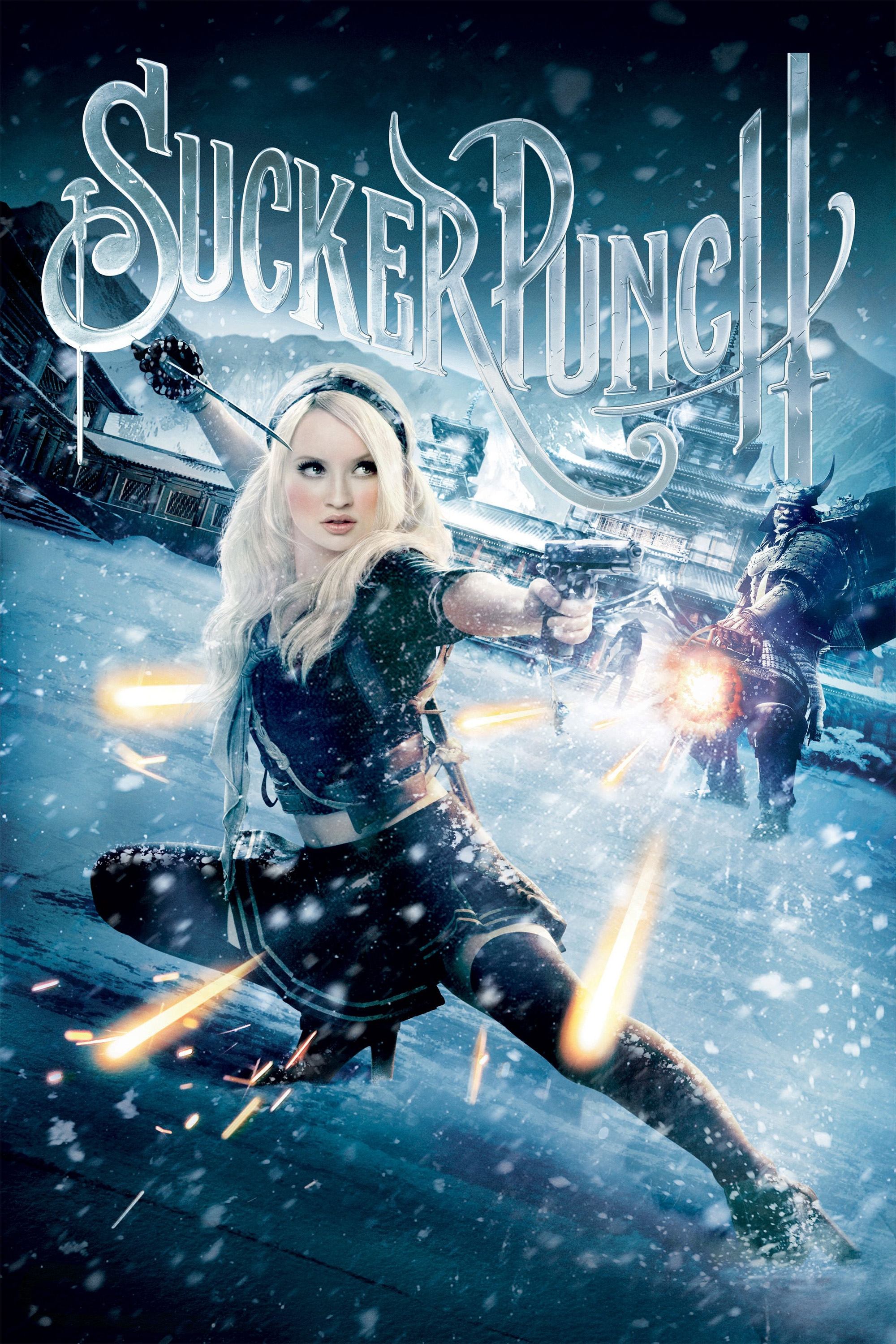 Warner Bros. Pictures
Warner Bros. Pictures‘Sucker Punch’ opened to negative reviews and a muted domestic gross. Extended editions and craft reels spotlighted its choreography, virtual-set work, and soundtrack curation, drawing steady interest from genre fans.
Cosplay communities and fan edits kept its imagery in convention circuits. Over time it developed a visible niche audience that supports regular digital sales and streams.
‘The Mummy’ (1999)
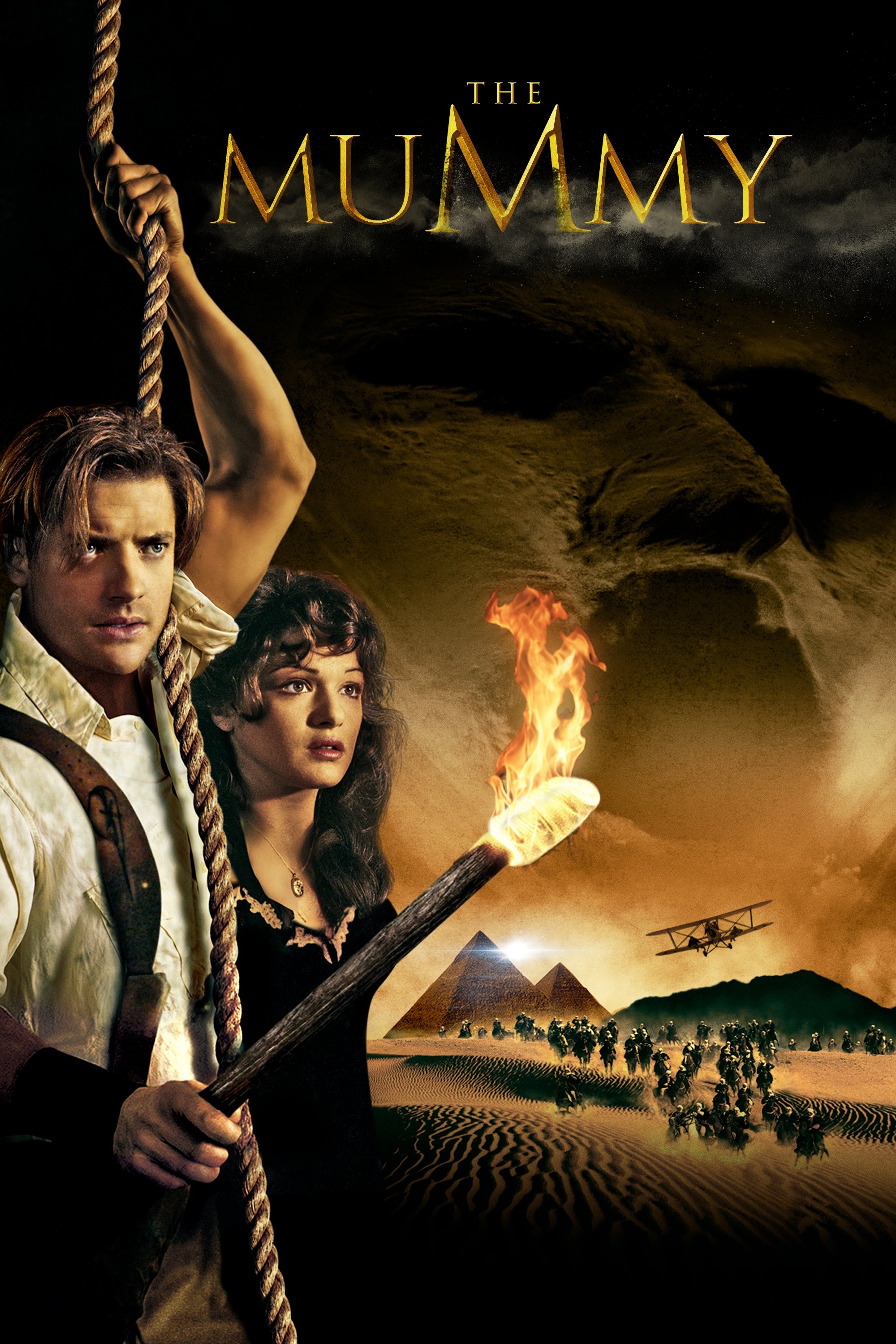 Alphaville Films
Alphaville Films‘The Mummy’ received mixed critical response but delivered strong worldwide earnings and launched a profitable adventure franchise with sequels and a spin-off line. The original’s balance of practical effects and early CGI became a reference point for late-1990s action fantasy.
Theme-park attractions, video games, and continued cable syndication sustained brand visibility. Anniversary releases and cast retrospectives maintain engagement decades after the first reviews.
‘Waterworld’ (1995)
 Universal Pictures
Universal Pictures‘Waterworld’ was framed as a high-cost flop and met with critical skepticism. Global box office, home-video performance, and long-term television licensing ultimately moved it into profitability over time.
Live shows at theme parks, frequent television airings, and new physical-media restorations have kept it in circulation. The production’s behind-the-scenes history remains a staple of filmmaking case studies on logistics and open-water shoots.
‘The Village’ (2004)
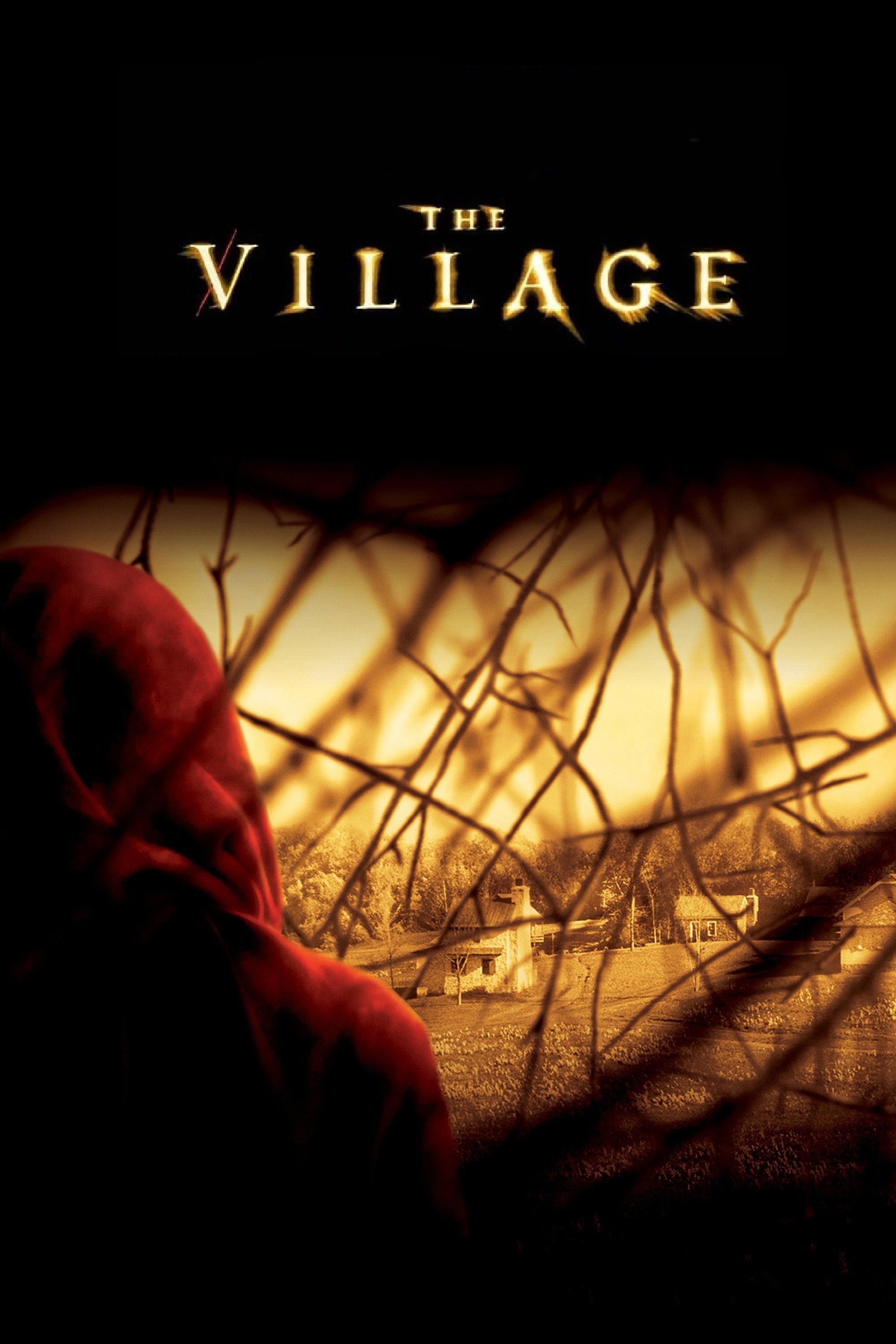 Touchstone Pictures
Touchstone Pictures‘The Village’ drew harsh reviews centered on its structure, yet it posted a strong opening and sustained international interest. Its craft elements, including score and cinematography, were singled out for nominations and later appreciation.
Home releases with featurettes and composer concerts kept key elements in the spotlight. Discussions of marketing strategy versus narrative content remain part of film-school modules on audience expectations.
‘Miami Vice’ (2006)
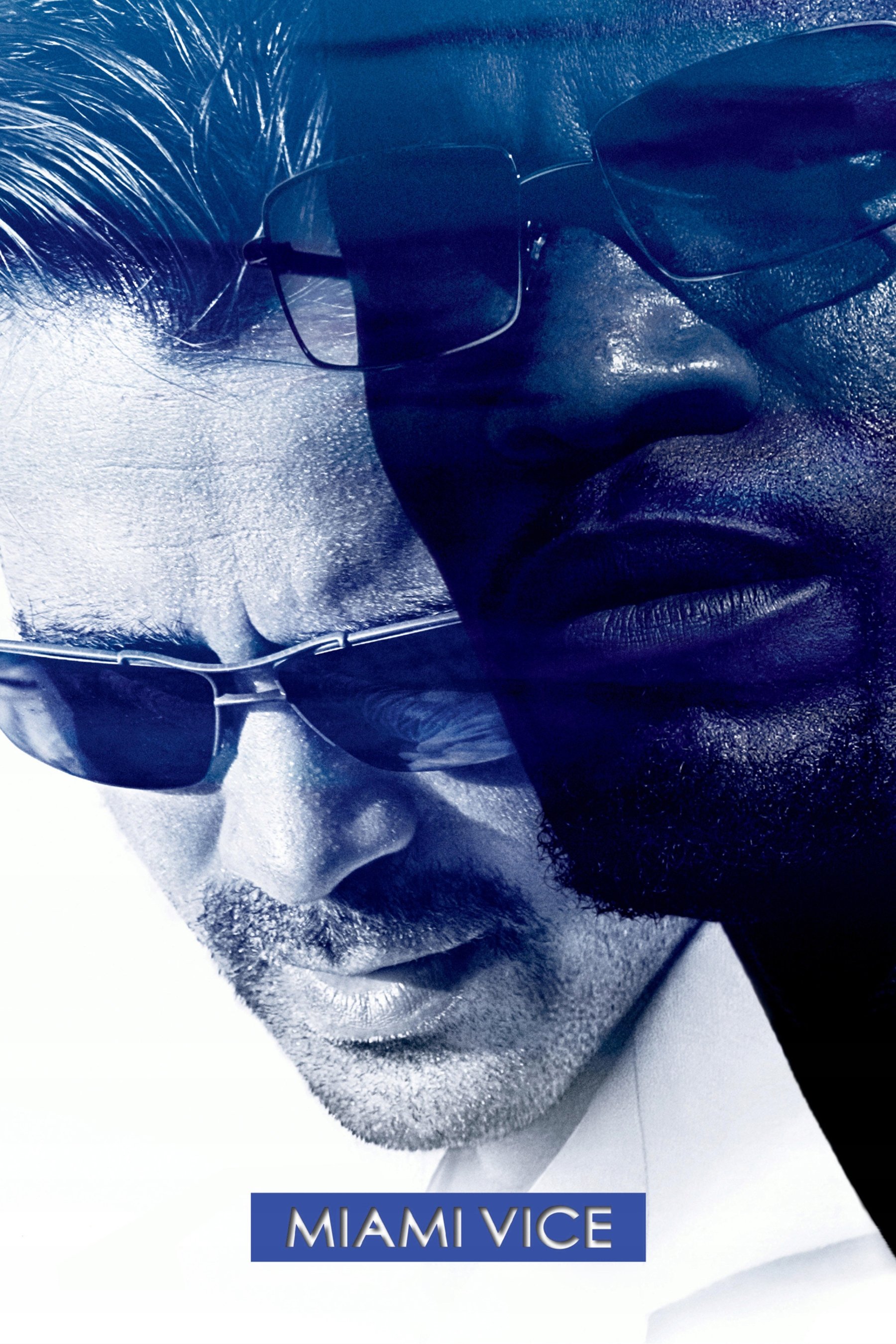 Universal Pictures
Universal Pictures‘Miami Vice’ opened to mixed reviews and underperformed domestically. International grosses, strong high-definition transfers, and critical essays on digital cinematography later boosted its stature, particularly around its night-shoot techniques.
Music licensing and alternate cuts have been documented in special features and retrospectives. Continued repertory screenings and filmmaker citations reinforce its ongoing technical influence.
Share your own picks for movies that proved the early reviews wrong in the comments.

.jpeg)
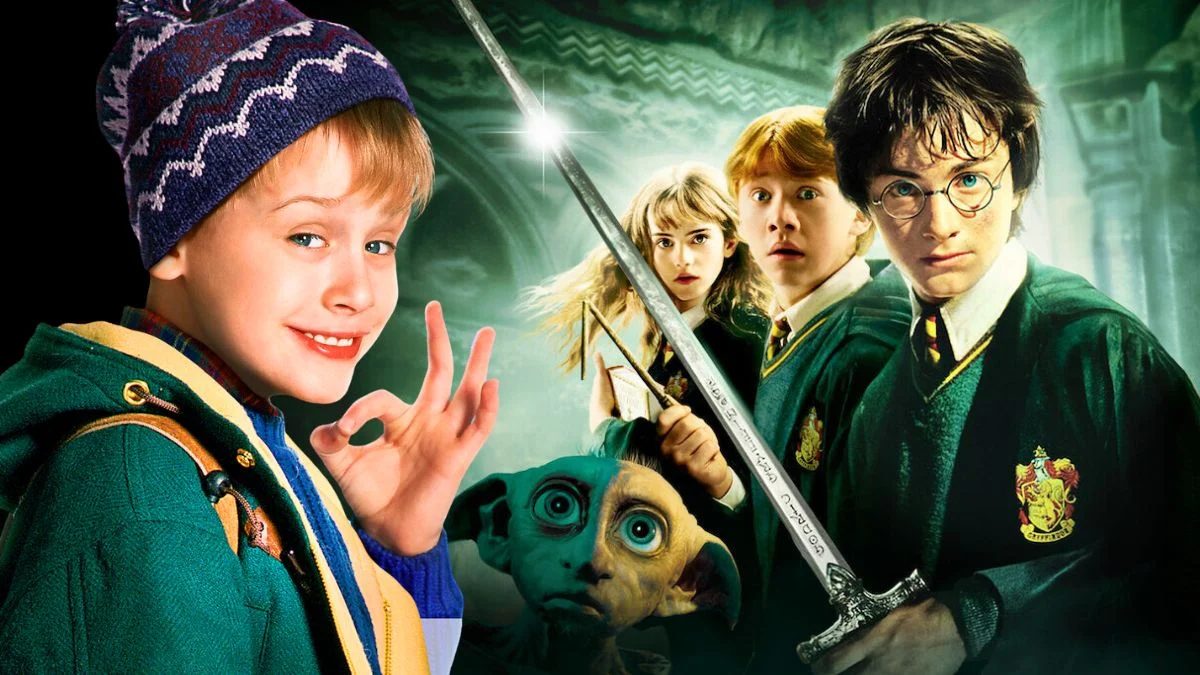
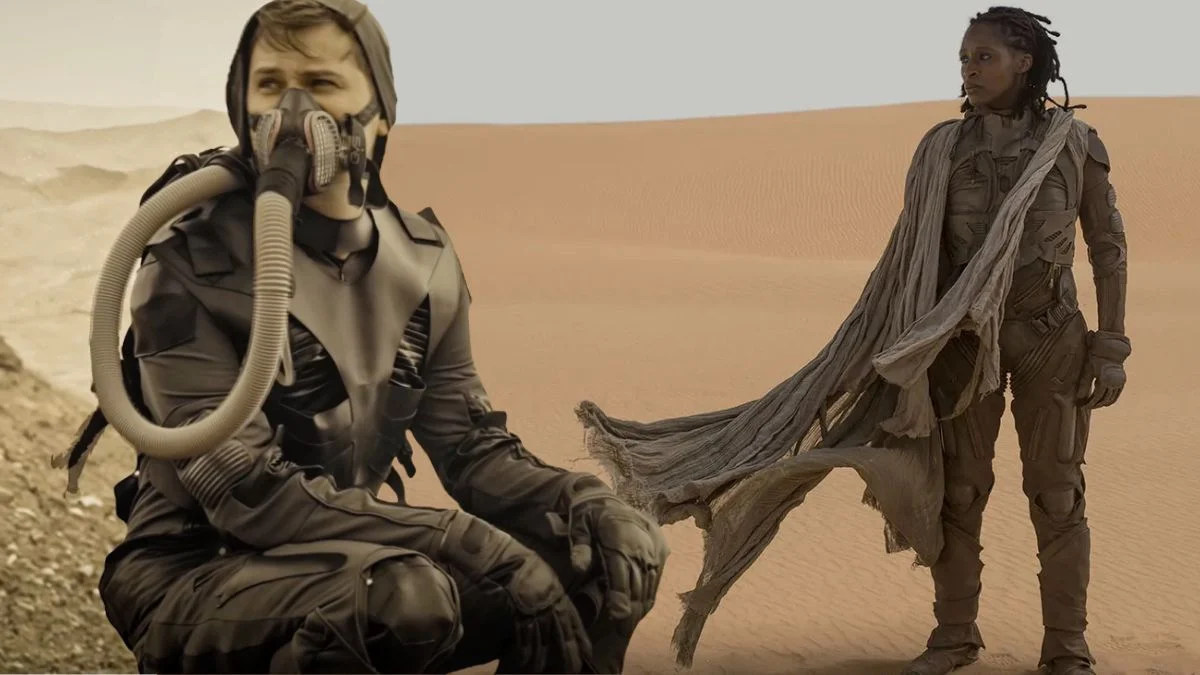
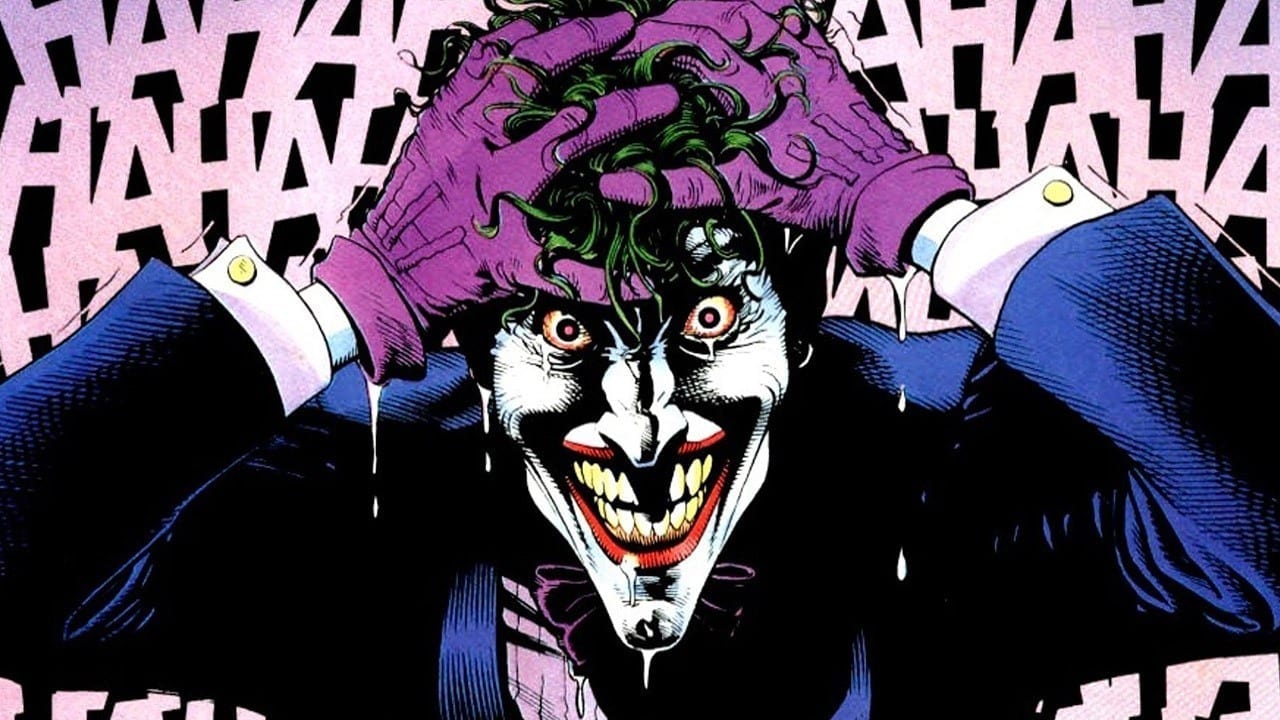




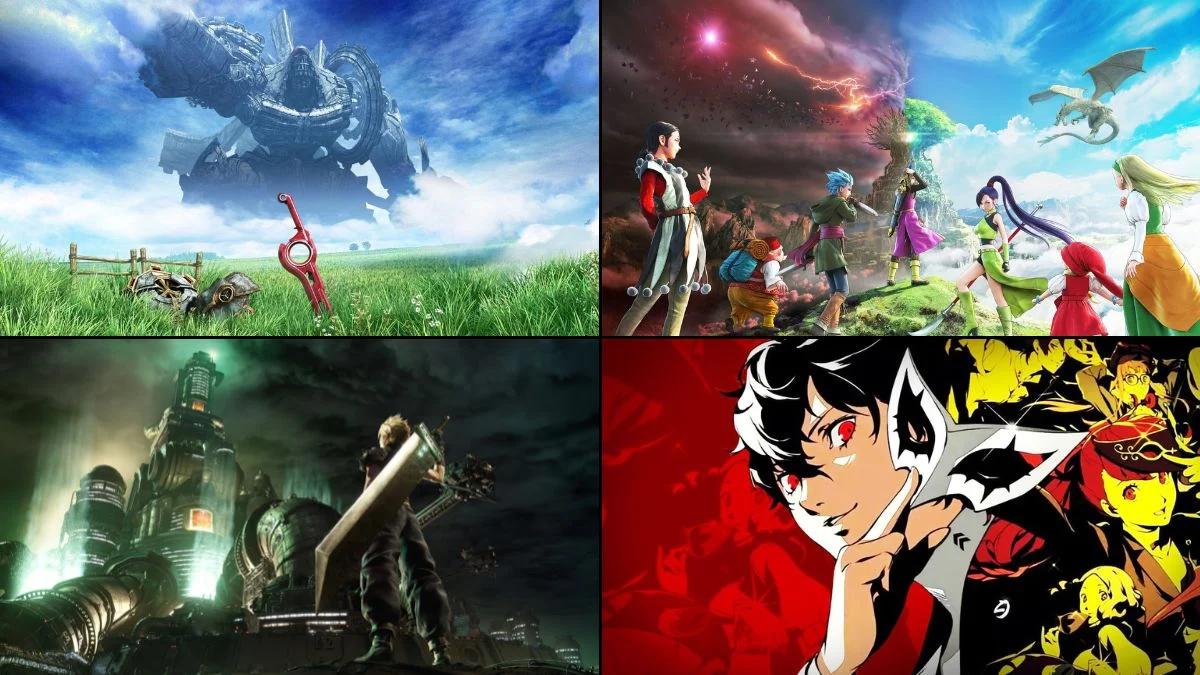



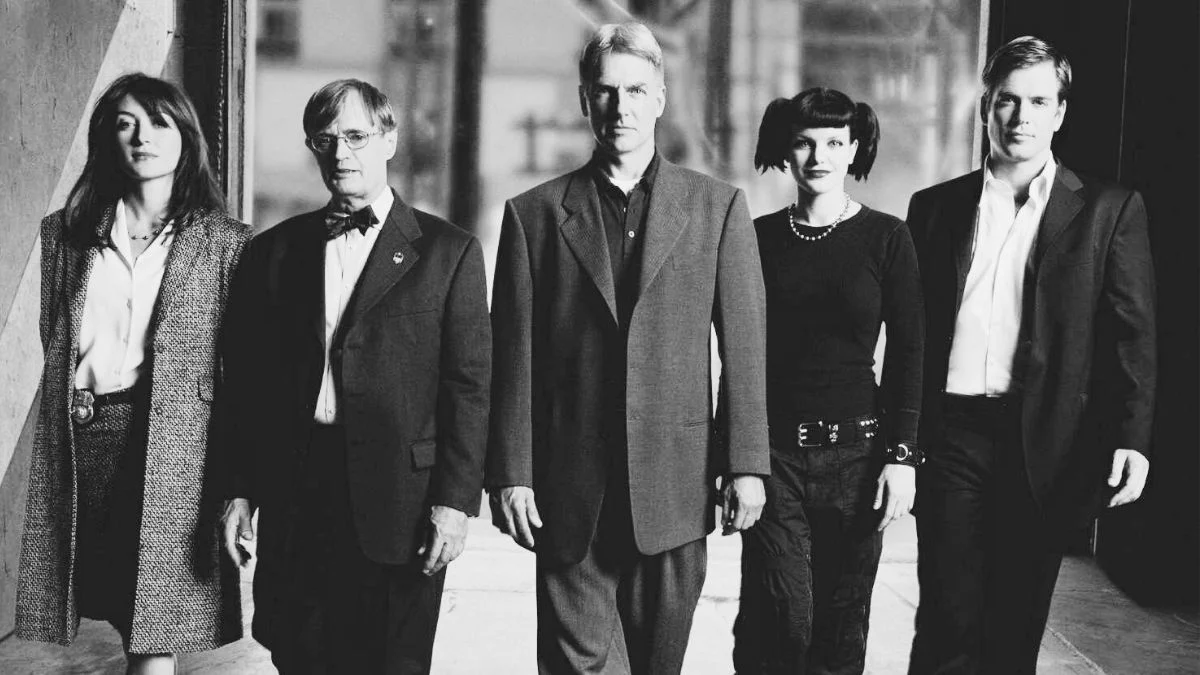











.jpeg)













 English (US) ·
English (US) ·